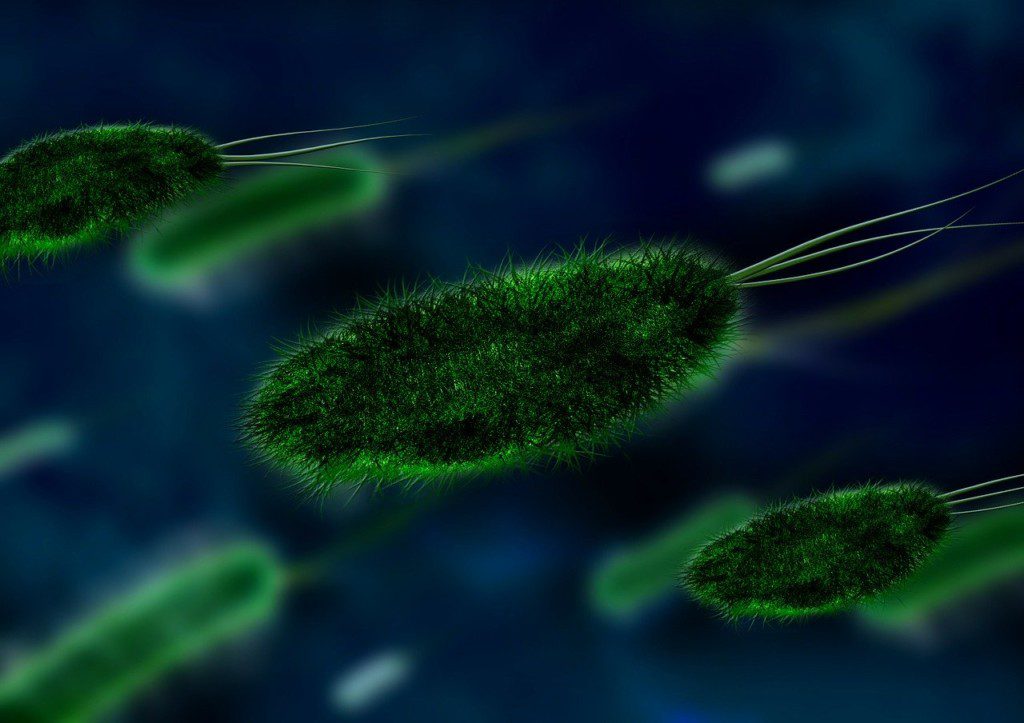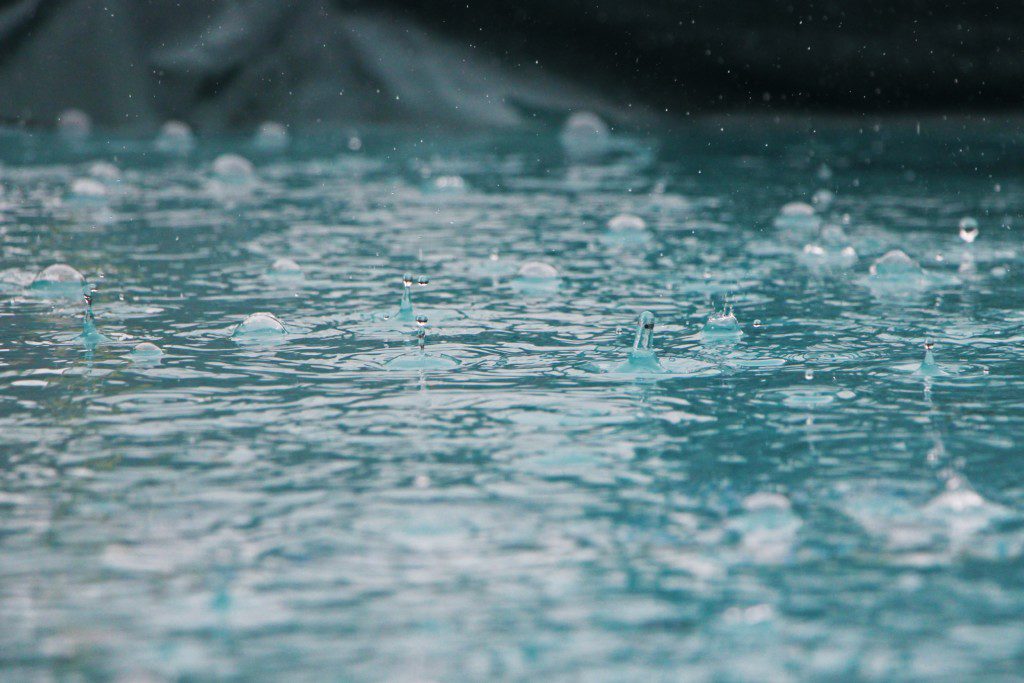02/18/2020 | Environmental | 9 MINUTE READ
What is Stormwater and Why Is It Important?

Stormwater is any kind of water that comes from ice or snow melt as well as standard precipitation. This water will either remain on impervious surfaces like rooftops and pavement or soak into the exposed soil beneath. While it’s possible for stormwater to evaporate on an impervious surface, it typically flows down to some other location as runoff. When this water flows down to a creek or storm drain, it will come into contact with pollutants. These pollutants will get carried into the water, which is when stormwater can create problems.
Stormwater runoff can cause:
- Flooding
- Stream impairment
- Pollution
- Soil erosion
- Wildlife and fish habitat loss
It’s important to monitor and treat stormwater because doing so can help you significantly reduce pollution to nearby waterways like rivers, streams, and canals. This article provides you with a more detailed look at what stormwater is and why it’s important to understand how to effectively treat it.
Potential Contaminants of Stormwater

There are many potential contaminants of stormwater, which include:
- Suspended solids
- Particulate metals and organics
- Bacteria
- Dissolved metals
- Viruses
- Salts
- Biological oxygen demand
- Chemical oxygen demand
Different contaminants are more likely than others. For instance, most stormwater will include at least small amounts of suspended solids and particulate metals. At this point, it’s unlikely that you will need to go out of your way to treat the water in question. However, it’s possible that the water can become more contaminated, which would likely be harmful to the surrounding environment as well as the health of the people living nearby. As precipitation and snow/ice melt flows to a drain or creek, it will come into contact with contaminants like oil, chemicals, and sediment particles. Any substance that’s in the path of stormwater runoff can potentially contaminate the water.
When the stormwater becomes highly contaminated, you’ll start to see such contaminants in the water as salts, bacteria and viruses, and biological oxygen demand/chemical oxygen demand. Biological oxygen demand and chemical oxygen demand are two of the foremost indicators that water has become highly polluted. Because of the negative health and environmental aspects of contaminated stormwater, it’s recommended that you take the steps to monitor stormwater when possible and even use treatment methods if you can.
Environmental Impact of Contaminated Stormwater

The problem with stormwater is that it doesn’t always have the ability to soak directly into the ground, which causes minimal issues. Stormwater runoff becomes harmful to the local environment and the health of the people nearby when it flows through parking lots and streets, which results in it picking up all kinds of different contaminants. This runoff can even lead to sewage overflows, which also create health problems among local residents. Because rainfall cannot soak into impervious surfaces such as parking lots, it will instead flow into rivers and other bodies of water. This results in more frequent floods as well as more severe flooding. Too much runoff results in fish becoming displaced and their habitats destroyed.
When contaminated stormwater flows into rivers and other bodies of water, it heightens the possibility that algae blooms will develop, which substantially worsens water quality while also suffocating fisheries. The metals and organics that can enter stormwater are toxic to many species of fish. It’s important to understand that everything from power plants to construction sites are known to contribute to the heightened amounts of contaminants in stormwater.
Health Impacts

When stormwater has become highly contaminated, it can also reduce access to quality drinking water, which increases the possibility that local residents become sick. Sewage directly carries pathogens that may end up in swimming areas and drinking water supplies. Pathogens are microorganisms that cause diseases to develop, which means that someone who drinks a large amount of contaminated water will have a greater chance of developing such health conditions and symptoms as hepatitis, diarrhea, vomiting, dysentery, and other infections and diseases.
If you want to protect the environment and make sure that the water doesn’t make anyone sick, there are a wide range of effective methods that can be used to treat the water, which extend from using granular activated carbon to installing different types of green architecture.
Treatments to Contaminated Stormwater

When you want to treat stormwater and make sure that contaminants are removed from the water, the various treatment methods available to you are separated into groups depending on the severity of the contamination. If the only contaminants in the stormwater are suspended solids and particulate metals, it’s likely that the only treatment method you need to concern yourself with is the placement of a detention basin to provide temporary protection from flooding. If the water is further contaminated, the treatment methods available can be divided into three categories of basic filtration, active treatment, and advanced treatment.
The basic filtration treatment methods include:
- Sand/bag filter – The stormwater seeps through bags or sand, which means that the contaminants are left behind
- Mechanical BMPs – Numerous Best Management Practices have been established that are able to be used by municipal and industrial facilities
If small amounts of bacteria are present in the water, you might want to move to active treatment, which includes such treatment methods as:
- Electrocoagulation – This treatment method is able to remove bacteria, heavy metals, and total suspended solids
- CESF – This is a flow-through water treatment technology that uses pressurized sand filtration to remove any solids and contaminants in the water
- Polymer/chemical treatment – This treatment method is able to harden and coagulate suspended solids, which allows them to be easily removed from the water
If the water becomes highly polluted and consists of salts, viruses, and BOD/COD, it’s likely that advanced treatment methods will be necessary, which include:
- Reverse osmosis – This is a highly effective water purification method that uses a somewhat permeable membrane to get rid of ions and larger particles in water
- Ultrafiltration – This is a filtration process that’s very similar to reverse osmosis with the main difference being that it uses hydrostatic pressure to push the contaminated water through a somewhat permeable membrane
- Advanced oxidation – This is a treatment method that gets rid of organic materials and contaminants in water by using oxidation via a chemical reaction
- Granular activated carbon – The pore structures in granular activated carbon are able to absorb contaminants when the substances are placed into water
Any one of these methods can be used to treatment stormwater runoff. In order to know how to start treating the stormwater, you first need to determine which method you’re going to use. For a simple filtration system, the sand or bag filter that you use needs to be positioned at the primary area the stormwater flows through.
It’s important to treat stormwater runoff because of how harmful contaminated stormwater can be to health and the local environment. If stormwater becomes highly contaminated, it can significantly damage the local fish and wildlife habitats while also causing people to become sick and suffer from such health conditions as diarrhea and dysentery.
Local Regulation of Stormwater Discharge

Regulations have been set in place by the EPA that are aimed specifically at reducing stormwater pollution by regulating stormwater discharge from several different sources. The main regulation is the National Pollutant Discharge Elimination System, which regulates the discharge of stormwater from industrial activities, municipal storm sewer systems, and construction activities. The presence of this regulation means that operators of these activities are required by law to obtain a permit before being able to discharge water.
By first needing to obtain a permit, the EPA hopes that the washing of harmful pollutants into local surface waters through stormwater runoff is prevented or at least significantly reduced.
There are numerous benefits that come with properly managing stormwater runoff, which include:
- Reducing the amount of flooding
- Protecting public health
- Protecting aquatic ecosystems and wetlands
- Conserving water resources
- Improving the quality of bodies of water that receive the stormwater runoff
There are also a wide range of local and state governments that have enacted even stricter laws regarding the management of stormwater runoff. If you want to do your part to help with stormwater runoff, there are a variety of beneficial steps that you can take. For instance, using a permeable material for your driveway or patio makes it more likely that the stormwater will soak into the ground. You can also dig a shallow trench or basin in your yard to somewhat slow the pace of stormwater runoff. These management techniques are relatively easy to perform and will allow you to make a significant difference when it comes to protecting the environment as well as the health of local residents.
How to Monitor Stormwater Runoff

If you want to effectively monitor stormwater runoff, there are numerous products available at Sensorex that can provide you with accurate readings and will let you know when the water has become contaminated. If the contamination is high, you may want to consider treating the water via some kind of green infrastructure. In the meantime, it’s possible to monitor the quality of stormwater runoff with pH sensors, chlorine sensors, and ultraviolet transmittance sensors. For instance, a pH sensor like the S272CD sensor can identify if there are heavy amounts of pollutants in the stormwater runoff. If the pH readings come back at well below 6.5pH, the water will almost certainly be highly contaminated.
When you use a sensor like the UVT-LED-SW transmittance sensor, you can determine how pure or otherwise the water is. The sensors that are available at Sensorex can provide you with the tools you need to take a more active role in monitoring and treating stormwater runoff. Without these sensors, it can be difficult to determine if the water needs to be treated. Once you have begun to treat the water, these sensors will give you precise information and data on the effectiveness of your treatment and sanitation methods.
Contact Sensorex today if you have any questions about the products that we offer.
Posted by Sensorex on February 18, 2020
Sensorex is a global leader in the design and manufacture of quality sensors for water quality and process applications. The company offers more than 2000 sensor packages for pH, ORP, conductivity, dissolved oxygen, free chlorine, chlorine dioxide, UV transmittance and other specialty measurements, as well as a full line of sensor accessories and transmitters. Its expert technical support engineers solve analytical sensor challenges with custom designs and off the shelf products.




